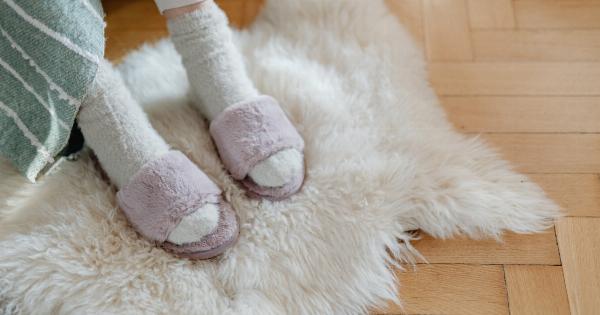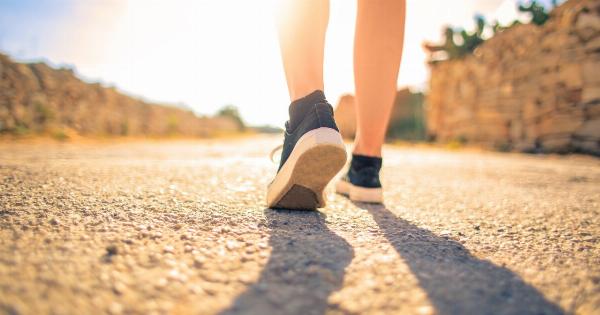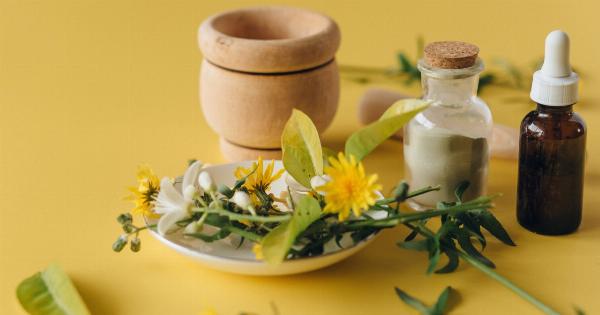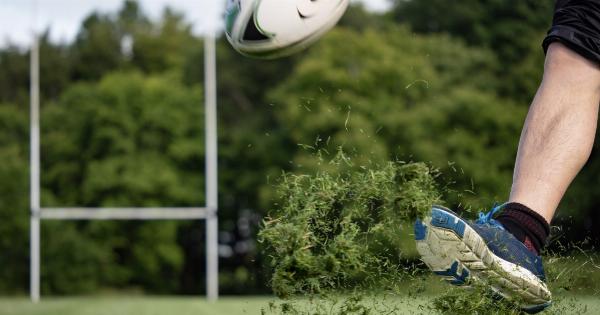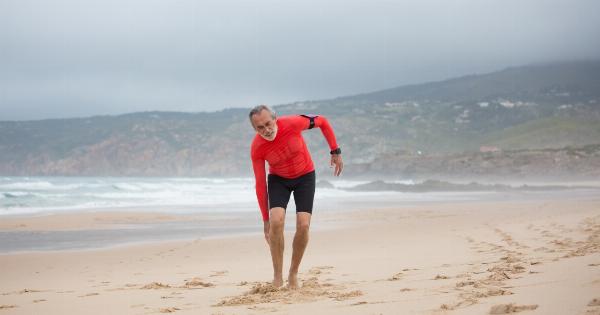The soles of our feet are constantly exposed to various elements and endure a significant amount of pressure on a daily basis. Due to this exposure and stress, they are prone to developing certain diseases and conditions.
In this article, we will discuss three common sole diseases, their causes, and prevention methods.
1. Athlete’s Foot
Athlete’s foot, also known as tinea pedis, is a contagious fungal infection that affects the skin of the soles, toes, and even the top of the foot.
It is caused by various types of fungi, such as Trichophyton rubrum and Trichophyton interdigitale.
Causes: Athlete’s foot is often contracted in public areas with warm and moist conditions, such as communal showers, swimming pools, and gyms.
Fungi thrive in these environments and can be easily spread through direct contact or by walking barefoot on contaminated surfaces.
Prevention: To prevent athlete’s foot, it is essential to keep your feet clean and dry. Wear moisture-wicking socks and breathable shoes to minimize sweat buildup.
Avoid walking barefoot in public areas and always use flip-flops or sandals. Additionally, do not share footwear or personal items like towels and socks to reduce the risk of infection.
2. Plantar Fasciitis
Plantar fasciitis is a common condition that causes heel pain and inflammation of the plantar fascia, a thick band of tissue that connects the heel bone to the toes.
This condition typically occurs due to repetitive strain or excessive pressure on the feet.
Causes: The primary cause of plantar fasciitis is overuse and repetitive stress on the feet. This can be caused by activities such as running, jumping, or standing for prolonged periods, especially on hard surfaces.
Other contributing factors include obesity, high arches, flat feet, and improper footwear.
Prevention: To prevent plantar fasciitis, it is important to wear supportive shoes that provide adequate arch support and cushioning. Avoid walking or running on hard surfaces for extended periods.
Gradually increase the intensity and duration of physical activities to allow your feet to adapt. Stretch your calf muscles and plantar fascia regularly, and maintain a healthy weight to reduce the strain on your feet.
3. Corns and Calluses
Corns and calluses are thick and hardened areas of skin that develop as a result of repeated friction or pressure. They commonly occur on the soles of the feet, particularly on weight-bearing areas like the heels or the balls of the feet.
Causes: Corns and calluses are caused by excessive pressure or friction on the skin. This can be due to activities such as walking or running in ill-fitting shoes, high heels, or shoes without sufficient padding.
Certain foot deformities like hammertoes or bunions can also contribute to the development of corns and calluses.
Prevention: To prevent corns and calluses, it is important to wear properly fitted shoes that provide enough room for your toes to move. Avoid wearing high heels or tight shoes for extended periods.
Use cushioning pads or orthotic devices to reduce pressure on specific areas of the feet. Regularly exfoliate your feet and moisturize them to keep the skin soft and supple.
Conclusion
By understanding the causes and implementing appropriate preventive measures, it is possible to reduce the risk of common foot diseases such as athlete’s foot, plantar fasciitis, and corns and calluses.
Maintaining good foot hygiene, wearing suitable footwear, and taking care of your feet are crucial in preventing these conditions and ensuring optimal foot health.





